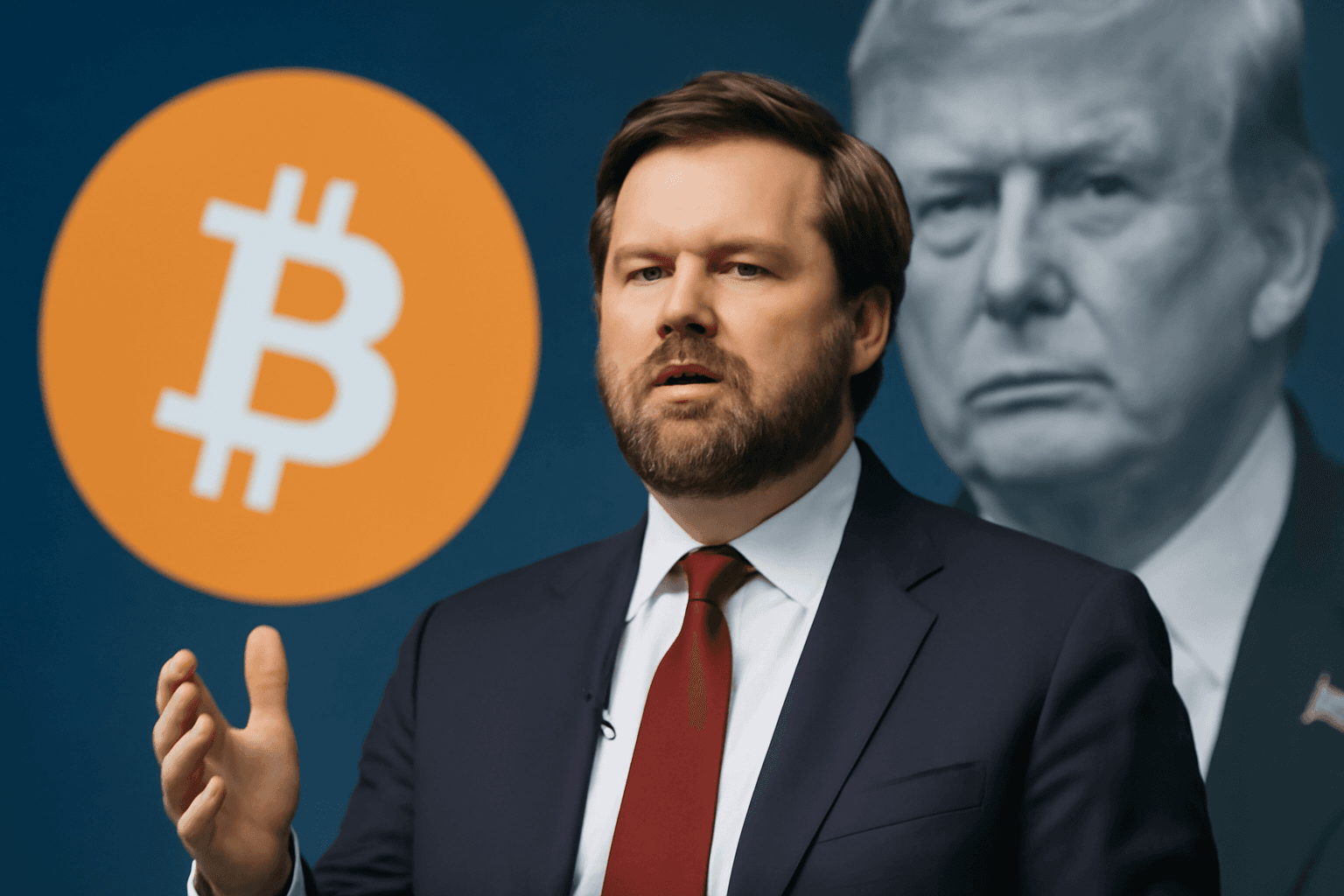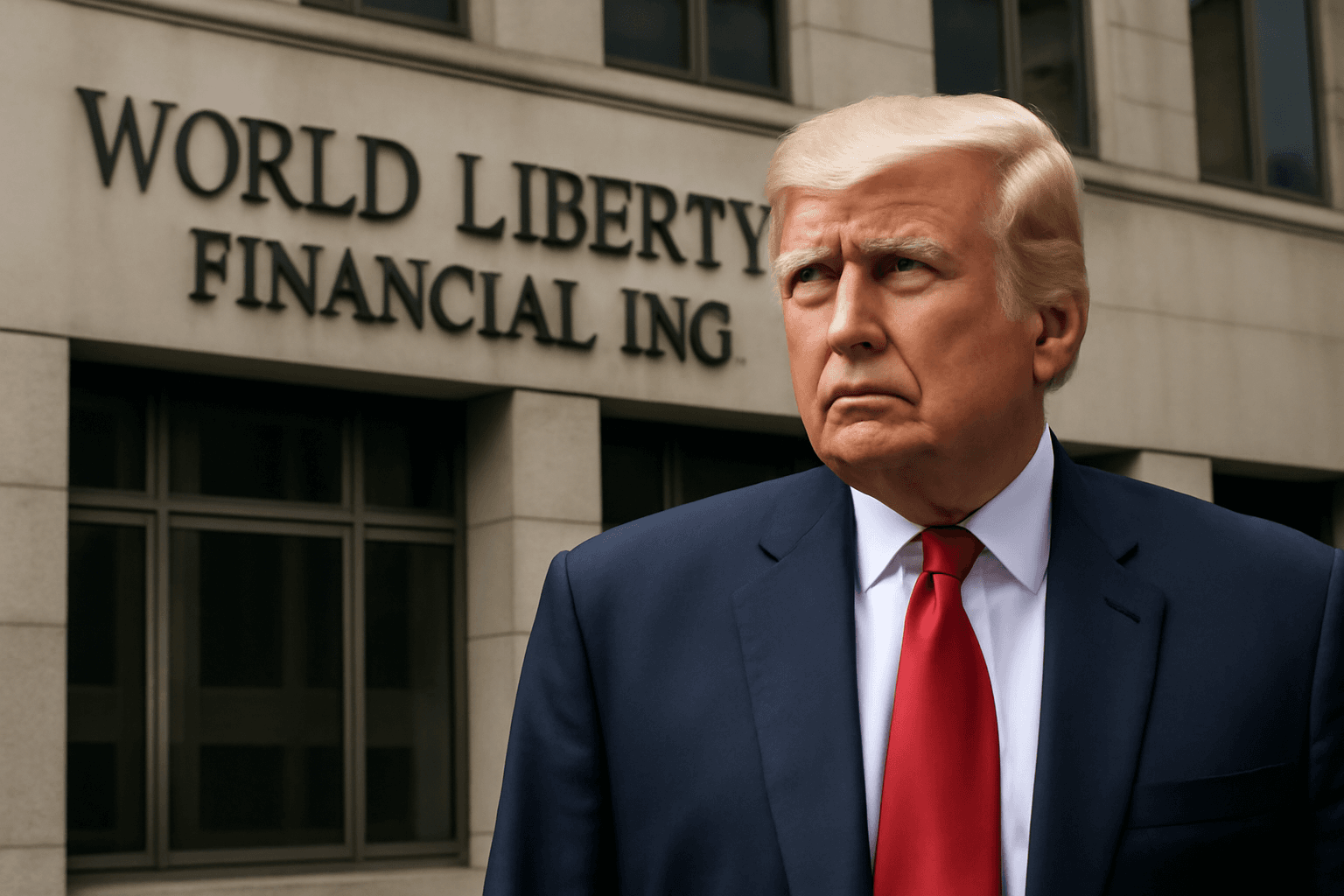Bitcoin and Crypto Markets Rally on News of 401(k) Crypto Inclusion
The cryptocurrency market witnessed a lively uptick on Thursday following announcements that President Donald Trump plans to sign an executive order enabling 401(k) retirement accounts to invest in alternative assets — notably including digital currencies like bitcoin. This fresh development highlights a potential turning point in mainstream crypto adoption.
What the Executive Order Means for Retirement Investors
According to CNBC, the forthcoming executive order will broaden 401(k) investment options to encompass private equity, real estate, and crucially, cryptocurrencies. This marks a significant shift by opening a traditionally conservative and heavily regulated retirement investment space to emerging digital assets.
Bitcoin’s price rose approximately 1%, reclaiming the $116,000 mark for the first time since late July, while other cryptocurrencies, including Ether, saw gains close to 5%. Crypto-related stocks also experienced strong rallies: Coinbase surged 3%, MicroStrategy advanced 6%, and Grayscale Ethereum Trust shares jumped nearly 8%, reflecting growing investor enthusiasm.
The Retirement Market and Crypto: A Game-Changer?
The U.S. retirement market commands nearly $9 trillion in assets, with 401(k) plans representing a substantial portion. Integrating cryptocurrencies into these accounts could open the door for millions of Americans to hold digital assets within their long-term retirement strategies — a move many proponents describe as the 'holy grail' of widespread crypto adoption.
Michael Novogratz, CEO of Galaxy Digital, highlighted on CNBC’s Squawk Box that "the aperture of being able to buy crypto is widening," emphasizing how familiar financial institutions like Fidelity or T. Rowe Price including crypto options could usher in a new era of mainstream investment. "It’s about bringing more people under the tent," Novogratz added.
Historical Context and Adoption Challenges
While Fidelity announced in 2022 plans to allow bitcoin investments within 401(k) plans, uptake has been slow. Market uncertainty fueled by Federal Reserve rate hikes, regulatory ambiguity — especially from the previous administration — and investor skepticism formed significant barriers.
This executive order emerges as part of a broader push by the Trump administration to cement the U.S. as a global leader in cryptocurrency. Notably, last month President Trump signed stablecoin legislation into law, further establishing a regulatory framework to integrate digital assets into the American financial system.
Broader Implications and Questions Ahead
- Investor Protection: How will regulators ensure the security and transparency of crypto investments within 401(k) frameworks traditionally designed for conservative, low-risk assets?
- Employer Adoption: Since 401(k) plans require employer participation, will businesses embrace these changes readily, or will adoption remain cautious?
- Market Volatility: Cryptocurrencies are famously volatile—how might this impact the retirement security of everyday investors?
- Economic Inclusion: Could this move democratize access to crypto investment, or will it primarily benefit wealthier, more financially savvy investors?
Expert Insights: Why This Could Redefine Retirement Planning
This policy adjustment not only broadens investment horizons but potentially challenges traditional notions of retirement savings. Integrating crypto assets could increase portfolio diversification and growth potential but also raises thorny questions about volatility and long-term financial security. Financial advisors and regulators will need to work closely to navigate this balancing act.
As the $9 trillion retirement market begins to flirt with digital currencies, this move will likely accelerate crypto’s transition from speculative niche to foundational financial instrument.
Editor’s Note
President Trump’s forthcoming order signals a crucial juncture in the evolving relationship between cryptocurrencies and mainstream American finance. While the prospect of crypto in 401(k) plans is exciting, it also demands careful scrutiny — particularly around investor protections, regulatory oversight, and equitable access. As this landscape shifts, stakeholders must weigh opportunity against risk, ensuring retirement security remains paramount in an era of digital disruption.



















